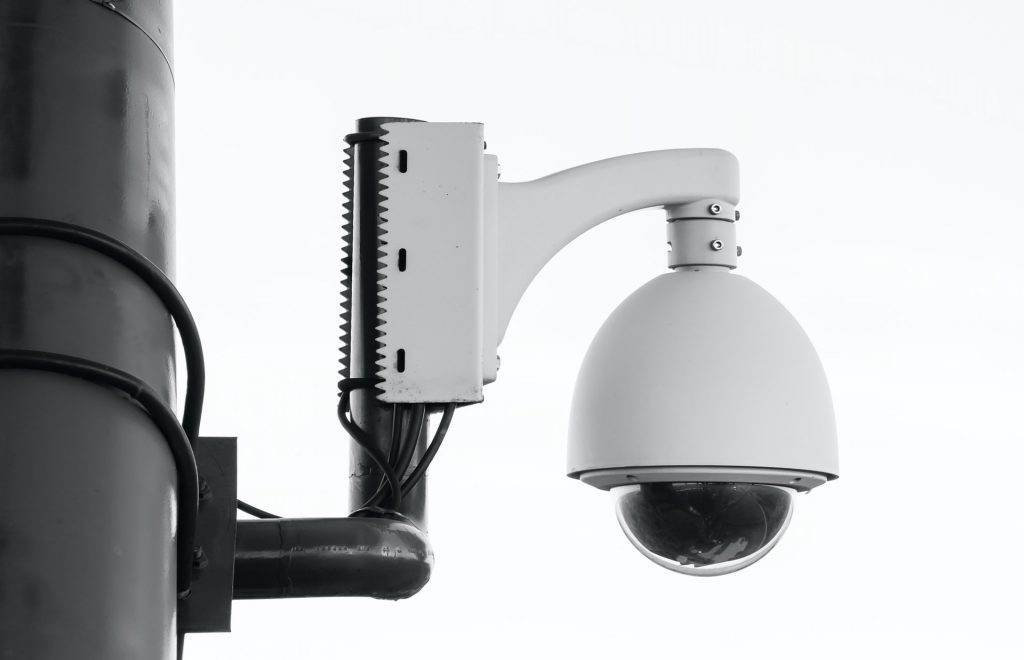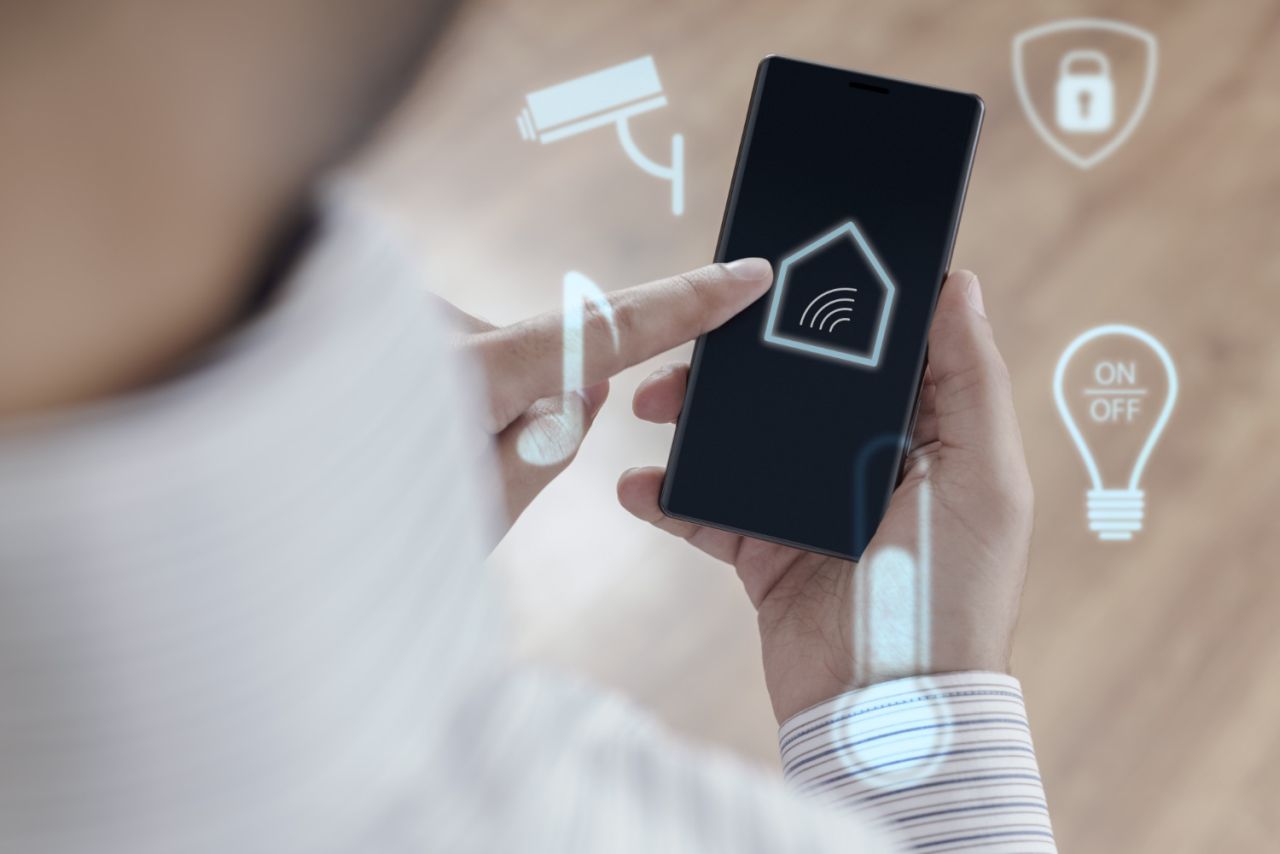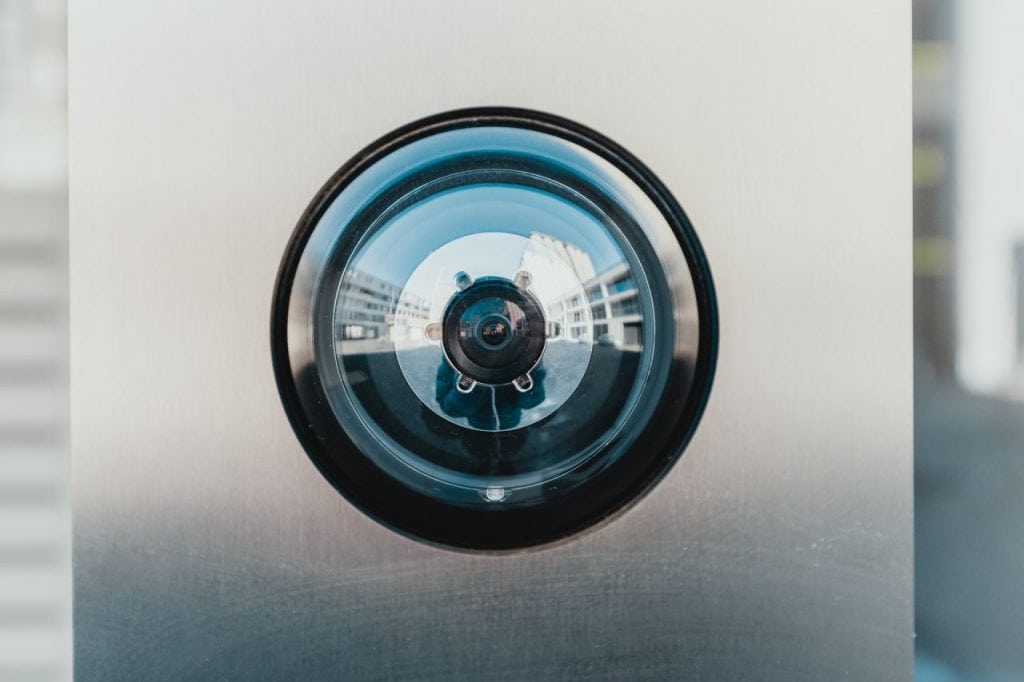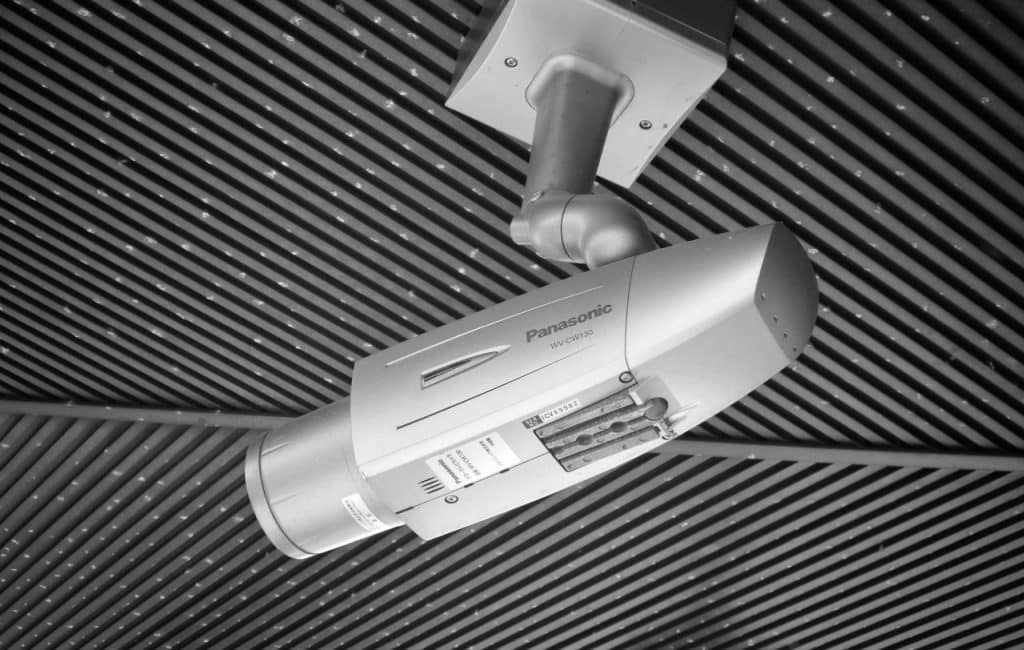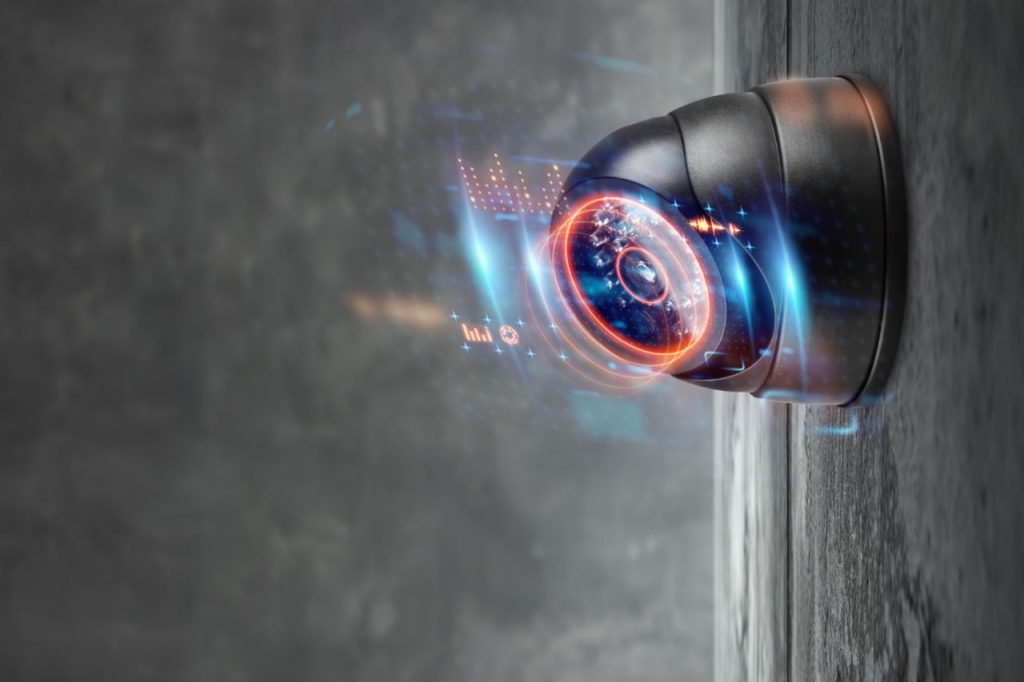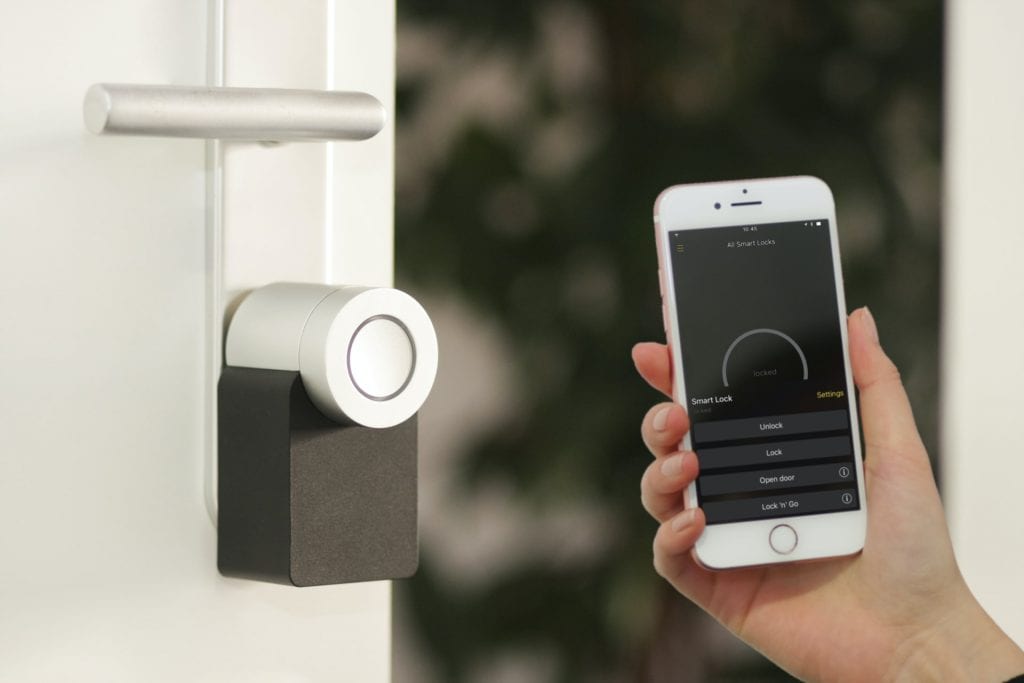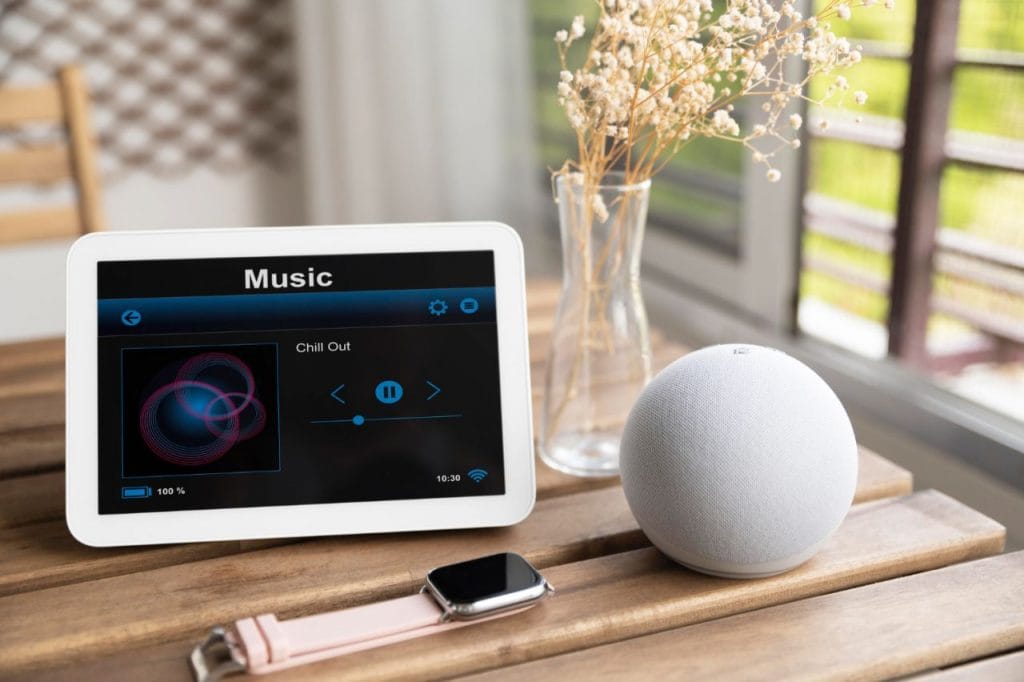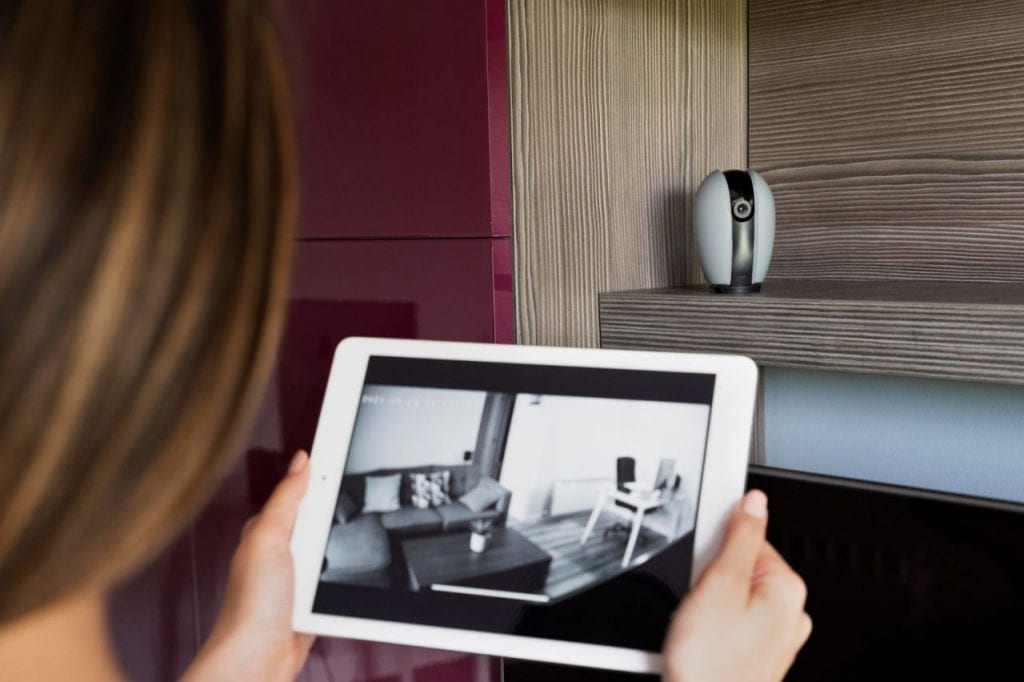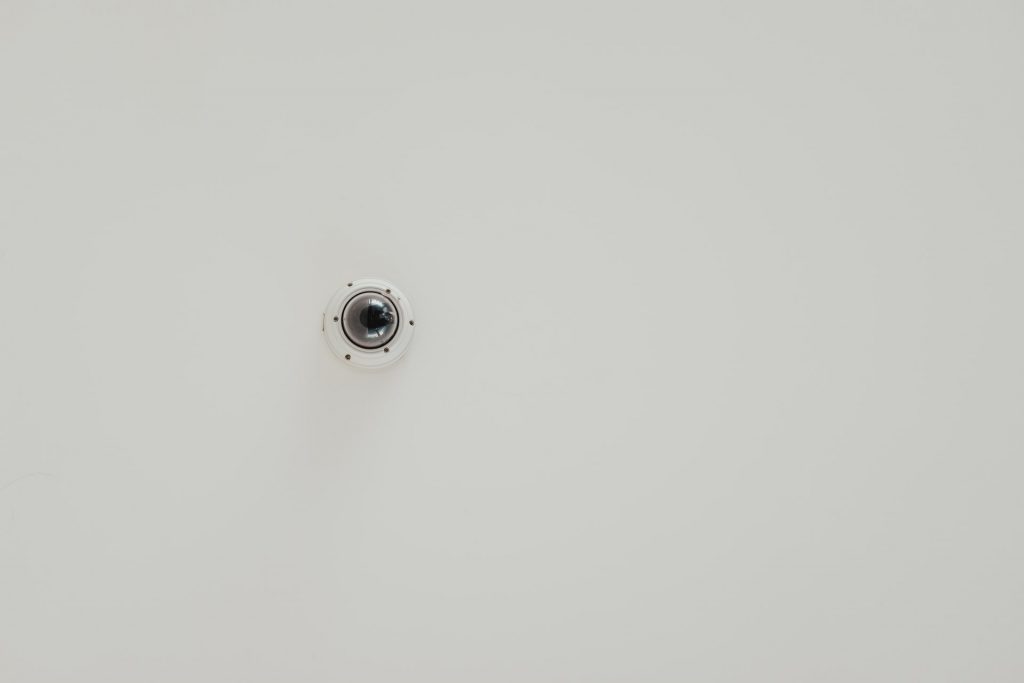A door alarm sensor is also a motion detection device installed on your doors and your windows. It uses a reed switch with a magnet as a sensor. The other end attaches the door while the other connects the frame. If both sensors are less than two inches apart, it will not alarm. If you need help with changing the batteries on your door alarm sensor, we've got you covered. This article will discuss how to replace the battery indoor alarm sensor.
Security System FAQs
What Is a Security System In a Building?
In the context of building automation, security systems are composed of two constituent elements. ... The first is a monitoring system that oversees what is going on in and around the building using cameras and sensors of various types.
What Is the Difference Between Security And Protection?
Security is the vital task for a corporation to provide some safety mechanism so that no outside user will access the organisation's knowledge. Protection: protection deals with access to the system resources. It determines what files can be accessed or permeated by a special user.
What Is The Most Important Feature Of A Security System?
According to a recent survey, 93% of Americans consider professional monitoring the most important feature of a home security system. If someone attempts to break into your home, it's not enough for an alarm to sound- the local authorities also need to be notified immediately.
What Are The Basic Principles Of Security?
The basic tenets of information security are confidentiality, integrity and availability. Every element of the information security program must be designed to implement one or more of these principles. Together they are called the CIA Triad.
What Are Security And Surveillance?
Security cameras, also known as CCTV cameras, convey signals from one particular place to a monitor situated at a distance, whereas surveillance cameras normally work on IP networks that link the camera from the remote area to the assigned security location.
How To Replace The Battery In Your Wireless Window/Door Sensor
By installing a wireless home security system in your home in Charleston, the time may come eventually that you'll have to replace a battery in one of your wireless window/door sensors. The good news: it's easy to replace, and by doing it yourself, you can save a bit of money.
The batteries used in your door sensors can last for years after installation, depending on use, but like all batteries, there is a set lifetime and will have to be replaced.
Most companies will charge you a service fee if they have to send a field security system technician to your home, so by following these quick, simple steps, you can avoid that charge altogether.
Determine Which Sensor Has A Low Battery
When a wireless sensor in your home security system has a low battery, your keypad will display a "lo bat" message, followed by a number that will tell you which zone has a low battery. The "zone number" corresponds to the area of your home that the sensor is protecting. Of course, if you're not sure about the zone list, you can always give us a call or check the security app if you are using one.
Put Your Alarm System In Test Mode
At your keypad, enter your user code (the four-digit code you use to arm/disarm your alarm) + the number 5. You'll note on most keypads; you'll see the word "TEST" on the number 5.
Putting your alarm in TEST mode prevents any tamper signals sent by your sensor while you are replacing your battery. The tamper signal prevents unauthorised people from tampering/removing/damaging your sensors, with the result of that zone becoming a vulnerability within your security system.
Placing your alarm in TEST mode lets the system know that you are testing or performing maintenance so signals won't be sent to your alarm monitoring company.
Take The Cover Off Of Your Sensor
On the bottom of your sensor, you'll notice a very narrow "slit" or opening. This opening allows you to carefully insert a small screwdriver to pry off the cover of your sensor. Insert your small screwdriver, and with a simple twist, the cover will pop off.
The cover isn't connected to the amount of your sensor, so it will be a solid, separate piece that you can set aside until you're ready to replace it.
Remove The Old Battery & Insert New Battery
Using your small screwdriver, carefully remove the existing battery. Keep note of the polarity (the "+" and "-" ends of the battery) and put your new battery in using the same polarity orientation.
Replace Cover
Now that the new battery is in place, you can replace the cover you removed earlier. You should hear a "snap" as it closes, letting you know that the cover is securely back on the sensor.
Activate The Transmitter
To activate your transmitter, open and shut your door or window a few times until you hear your keypad beep three times each time you open your door or window. If your keypad is too far away for you to hear, or is in another room, recruit someone to stand near your keypad so they can let you know if the keypad beeps.
Take Your Alarm Off Of Test Mode
After you've got your sensor activated, take your alarm off of TEST mode by entering your user code plus the number 1. You'll note that the number 1 has the word "OFF" on it. Next, enter your four-digit user code again and press the number 1. Now, you should no longer see the "LO BAT" signal on your keypad.
Diy Security Systems
When we think of security, we think of alarm systems. Although doors are the first things we want to be secured, windows are equally important. Many potential burglaries occur at the sight of opportunities like unguarded doors and windows. After installing alarm sensors, it is critical to know how to change the battery in the window alarm sensor in a maintenance emergency.
We will walk you through the process, whether this is your first time working your way through sensors or just a maintenance refresher.
Window Alarm Sensor Types And Changing Batteries
Door sensors and window sensors have similar mechanisms. These window sensors can either be surface-mounted or recessed, wireless or hardwired. Window sensors then have four major types. Let's go through the wireless varieties first to know how to change the battery window alarm sensor better. After that, we will give you the steps to go about this task.
Wireless Surface-Mounted
A surface-mounted sensor means they are placed on the exterior surface of the window's frame. It is usually built to be small enough to avoid visual detection. These sensors are easy to install because it doesn't need significant changes or drilling on the windows. Some of them require something as simple as double-sided tape.
Wireless means that it does not need to be hardwired to any panels. This is perfect for DIY installers since it's a simpler and quicker installation process. A wireless sensor works with a wireless system and a wireless receiver that you can purchase separately.
The wireless surface-mounted sensors require batteries to work. Here are some of the steps to know how to change the battery in the window alarm sensor on this type of sensor:
- Step 1 – Find the screwdriver slot. Some of these slots are located on the side of your wireless transmitters.
- Step 2 – Slide the screwdriver in, untwist, then remove the cover.
- Step 3 – Pop off the plate that covers the circuit board. You can do this by gently pushing your screwdriver to remove the plate. You must be careful not to damage the circuit board while doing this step.
- Step 4 – Locate the battery and remove the battery. After locating the battery, slide it out and replace it with your new battery with the plus side up.
- Step 5 – Reassemble your wireless sensor. The cover must be closed back in with the screw back in place.
Important note: Take note of the arrows in your magnet. The arrows in your magnet are for its polarities. These arrows have to be lined up with your transmitter for the alarm to work correctly. If they are not lined up properly, you might get false alarms.
Wireless Recessed
Recessed sensors are drilled into the frame of your window. The advantage is that these sensors are not visible, but they need extra work when installed. It may seem a bit complex, but it is relatively easy to know how to change the battery in the window alarm sensor recessed into your window frame.
- Step 1 – Switch off the alarm system before starting. You wouldn't want to be surprised by your alarm system while you're working. You may also hear some beeping when you begin to open your panel.
- Step 2 – Use a coin to twist the sensor out of the door. Most sensors drilled into the frame come with a mechanism that should make it easy for you to remove. It would help if you had a coin or a screwdriver handy during this time.
- Step 3 – Remove the old battery and replace it with the new battery. It would help if you handled the sensor and the battery with care to avoid accidentally damaging anything.
Important note: The sensor that is drilled in has two guides lined up. These two guides will help you put the sensor back where it was originally installed.
- Step 4 – Slide the sensor back in and use a coin to tighten the sensor into place. No wires install a wireless recessed sensor, but ensure the antenna is straight when inserted into the frame.
- Wireless surface-mounted and wireless recessed window sensors require batteries. And although they are easier to install, it is good to know how to change the battery in the window alarm sensor of these types.
- Among the four window types, hardwired sensors do not require a change of batteries. Let's look into these two types further.
The Two Other Types Of Window Alarm Sensors
- Hardwire Surface-Mounted
- Hardwire Recessed
Hardwires require wiring into the panels. Most of the time, installing hardwired window sensors becomes an impossible task for DIY users. But if you have the time and money to do it, it increases your property value and becomes a wise investment in the long run.
Hardwired sensors also don't require a change of batteries, making it an investment in long term ease.
Components Of A Wireless Window Sensor
A lot of window sensors have components like magnets and reed switches. A reed switch works like a switch on your laptop or your fridge. When you close your laptop, the light goes off. Similarly, when you close your fridge, the fridge light switches off.
A window sensor works similarly. A reed switch has a small circuit inside, located on the window's frame. Then you have a magnet attached to the windowpane and placed next to the reed switch. In a closed window, this magnet holds the metal contacts of the switch together. During this time, the electric current flows continuously. When the window is opened, these metal contacts separate, and the electric current is interrupted. The sensor then triggers your security alarm by signalling the control panel.
What Kinds Of Batteries Are Being Used For Door Alarm Systems?
A lot of people choose a Do-It-Yourself alarm system to secure their houses. With this big request, many security manufacturers or dealers offer a wide range of DIY alarm systems, from hardwired alarms to wireless alarms. Unfortunately, all these systems require a battery for them to work; even for the hardwired alarm system, you will need a backup battery.
After the wireless alarm system is installed, battery replacement is critical and necessary for your alarm maintenance. Getting full details about what kind of batteries for your alarm system running becomes essential information before purchasing.
Wireless magnetic contacts or a door sensor are usually used for intrusion detection sensors; it is powered by either a 12V 23A Alkaline Battery or a Lithium Battery. A 12V 23A Alkaline battery is a small-sized battery that consists of tiny button batteries; it creates a high power voltage DC 12V. You can find this kind of battery in every made-in-china wireless magnetic contact or door sensor.
Different from lithium battery, 12V 23A battery is a dry battery with low power capacity, which means you might need to replace the battery often when your door sensor or wireless magnetic contact works for six months or less. That is the flaw for that kind of battery, but it is cheaper and effortless to find that kind of battery anywhere. On the other hand, a Lithium battery is a medium size but high power rechargeable battery. This battery might provide an efficient power that allows your wireless magnetic contact or door sensor to work for almost 1-5 years.
Conclusion
One of the best ways to protect our homes is to secure every possible entrance. This includes windows. Wireless window sensors have become an affordable and hassle-free way to protect our homes. We become ready for any emergency when we understand how to change the battery in the window alarm sensor for both recessed and surface-mounted types.
